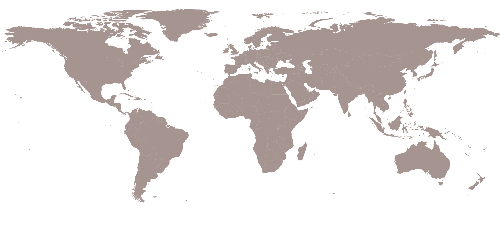Flying into the Blue

Every year, thousands of birds are smuggled through Thailand, with many dying in captivity while awaiting legal proceedings. A visionary concept by Architectkidd proposes a sanctuary that offers care, rehabilitation, and eventual release—transforming architecture into a tool for conservation and hope.

























